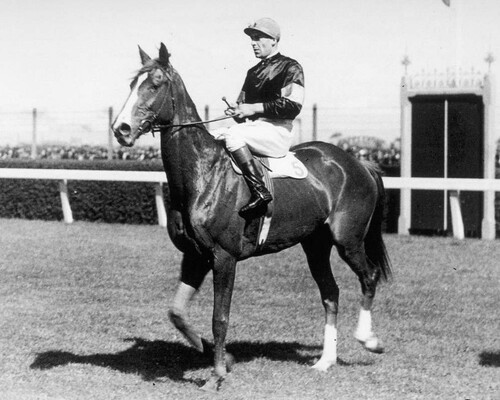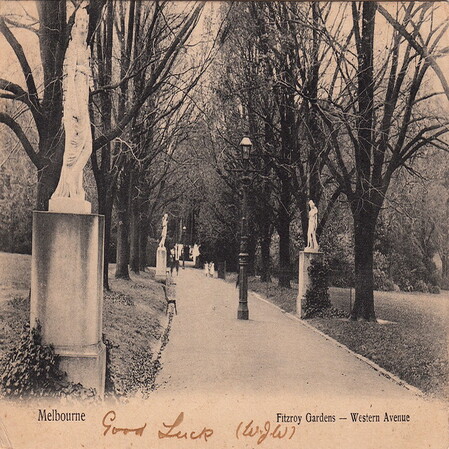Learn About Flemington’s Rich History

Popular Land
Flemington is Melbourne’s inner city suburb with great transportation, education, lifestyle and amenities. The suburb was always a valued area and its land was in demand by buyers from England and Scotland even in the 1800s. Even its founder James Watson had come here to buy land for himself and his English/Scottish investors.

Two Origins
Flemington either got its name after the Flemington Estate in Scotland or after Robert Fleming. The more possible origin is the former one because James Watson found the area when he wanted to buy land here. He named it after the estate his father-in-law managed. He is also said to provide the name for Rosanna after his wife Rose-Anna.

Racecourse Is Old
The popular Flemington Racecourse was first used in 1840 for horse racing. It wasn’t until 1948 the land was leased to the Port Phillip Racing Club. Since the site has been of historical significance and today many events take place here. It hosts the Melbourne Cup and is sprawled over 1.27 square kilometres, making it a giant venue for horse racing.

Flemington In The 1800s
Even since the land was discovered, it is a place of prominence in Melbourne, Victoria. The racecourse became a popular attraction in the 1840s. In 1851, the bridge over Moonee Ponds Creek with its namesake was built. The bridge was used for improving the connection to the gold diggings’ road out of Melbourne. What’s more, the Flemington hotel is operational since 1848 and the Flemington House was built on James Watson’s property acquired by Hugh Glass in 1855.
The first primary school in the suburb was established in 1858 on Mt Alexander Road. This was a popular area, as the school was near Wesleyan church, several industries, hotels, and stockyards. What’s more, by 1882 the Flemington and Kensington borough was established at 323 Racecourse Road Newmarket.

By the start of the 1900s, Flemington has multiple churches, hotels, new shops and friendly societies. The hotels were reckoned for their active trading. It helped grow the economy of the area and encourage buyers, sellers and investors to trade, purchase land and develop infrastructure at Newmarket.
In 1906, tramlines were put at the Racecourse Road also known as Newmarket and the Mt Alexander Road. This development happened after the borough was incorporated in Melbourne city. These lines make transportation in Flemington and Melbourne, Victoria seamless even today.
By the 1950s, Flemington witnessed migration of Europeans in hoards. Among these migrants Italians were the most predominant. Also, many post-war migrants moved out of Flemington and sold their cottages to people wanting to live in the inner city life. However, it led to the property prices becoming unaffordable.
Have something to share about Flemington’s History?
Contact us now to help enlighten more people.